India Heat Wave, Soaring Up to 123 Degrees, Has Killed at Least 36
NEW DELHI — One of India’s longest and most intense heat waves in decades, with temperatures reaching 123 degrees, has claimed at least 36 lives since it began in May, and the government has warned that the suffering might continue as the arrival of monsoon rains has been delayed.
India’s heat waves have grown particularly intense in the past decade, as climate change has intensified around the world, killing thousands of people and affecting an increasing number of states. This year, the extreme temperatures have struck large parts of northern and central India, with Rajasthan, Madhya Pradesh, Uttar Pradesh and Maharashtra among the worst-hit states.
Anup Kumar Srivastava, an expert at India’s National Disaster Management Authority, said the number of Indian states hit by heat waves had grown to 19 in 2018 from nine in 2015, and was expected to reach 23 this year.
“This year, the number of heat wave days have also increased — and it’s not just day temperature, night temperatures have also been high,” he said.
Mr. Srivastava said that imminent storms would bring down temperatures in some areas, but that heat waves might pick up again until the monsoon rains arrive.
Twice in the past week, the temperature in the Churu area of Rajasthan, in northern India, reached 123 degrees Fahrenheit (about 51 Celsius). India’s Meteorological Department warns that heat that extreme brings a “very high likelihood of developing heat illness and heat stroke in all ages.” Several other parts of the state have recorded temperatures surpassing 118 degrees.
The medical authorities have canceled leaves for doctors at hospitals in Churu as the number of patients has shot up. In Madhya Pradesh, in central India, schools have remained closed.
Prolonged temperatures of at least 113 degrees are considered a heat wave, while prolonged temperatures of 117 degrees or higher are considered a severe heat wave.
In the capital, New Delhi, temperatures reached a record 118.4 degrees on June 10. Clouds on Tuesday promised rain, but largely failed to deliver. Dust storms the next day lowered temperatures to around 100.
Heat records around the world are more likely to be broken as average temperatures climb upward because of rising greenhouse gas emissions.
While there are variations year by year, the global trend line is clear: the five warmest years in recorded history have been the last five, and 18 of the 19 warmest years have occurred since 2001.
A recent analysis of climate trends in several of South Asia’s biggest cities found that if current warming trends continued, by the end of the century, heat and humidity levels would be so high that people directly exposed for six hours or more would not survive.
The latest victims of this year’s weekslong heat wave were four people, ranging in age from 69 to 80, who died in Uttar Pradesh on Tuesday during a journey on a train that lacked air-conditioning.
Despite the extreme temperatures, the death toll this year has been small compared to previous years. More than 6,000 people have died because of heat waves in India since 2010, according to government data. The worst toll came in 2015, with more than 2,000 deaths.
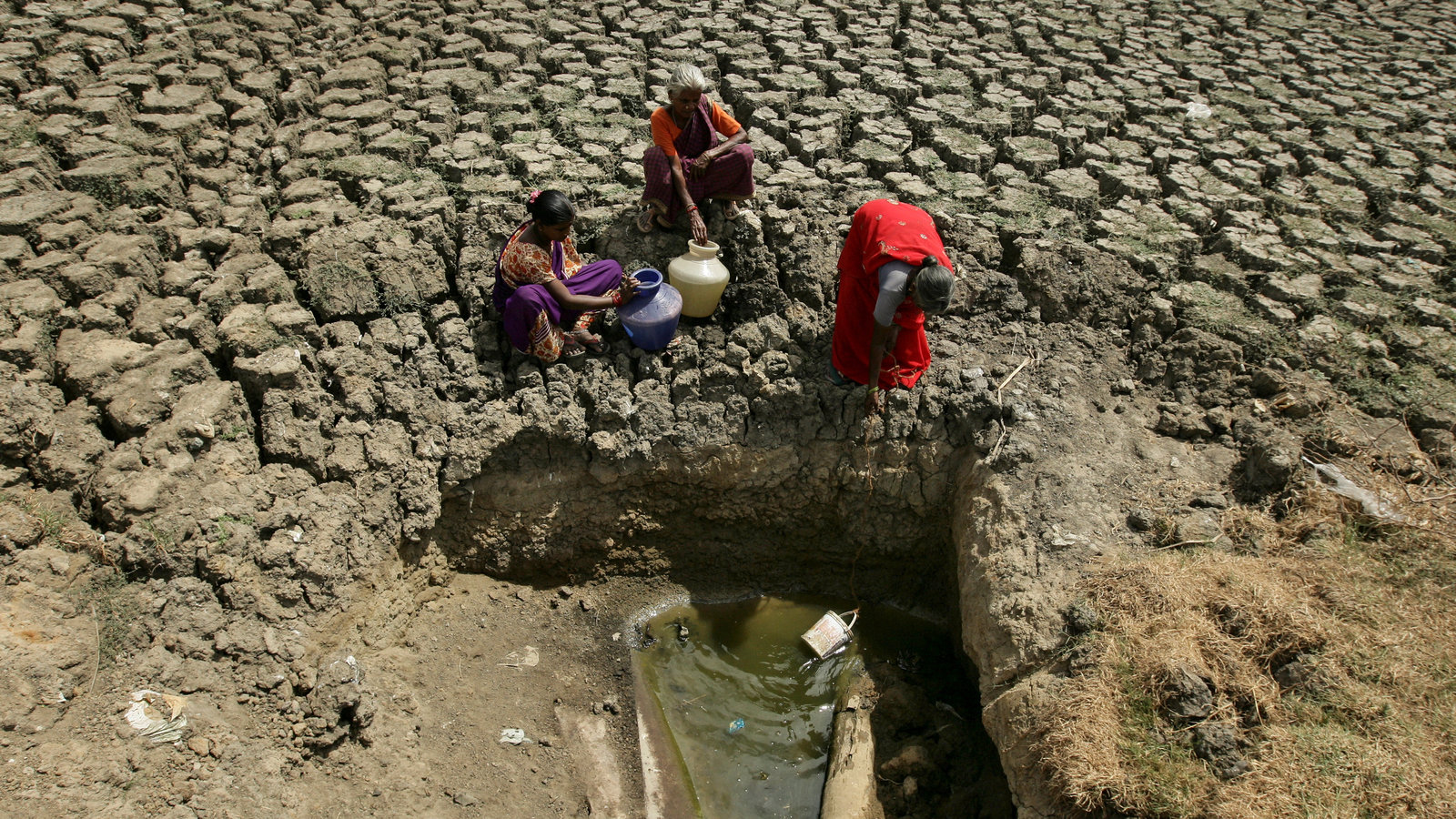
While the heat waves have continued, the number of immediate heat deaths has significantly declined since then — 375 were recorded in 2017, and only 20 in 2018. But official death tolls often fail to capture the full lethality of a heat wave.
One study by public health researchers found that in the normally hot city of Ahmedabad, in western India, as temperatures soared in May 2010 to 118 degrees Fahrenheit, there was a 43 percent increase in overall mortality, compared to the same period in previous years.
Yet officials and analysts attribute the decline in recorded deaths to increased precautions by the government since 2015. Government officials have urged Indian employers to reduce and change work hours during heat waves, particularly in outdoor areas such as construction sites, and have provided free drinking water in particularly vulnerable and crowded areas.
Mr. Srivastava said the disaster management authority had set a goal this year of keeping the death toll to single digits. But the country’s huge national election complicated the efforts, he said, because government workers who were needed to issue the warning measures were instead deployed on election duty.
In the western state of Gujarat, officials were bracing for extreme weather of a different sort: A major cyclone was approaching with winds over 100 miles an hour. Flights and train journeys were canceled, and about 300,000 people were evacuated. But early Thursday it appeared that the cyclone might skirt Gujarat.
It was the second major storm facing India this year. In March, Cyclone Fani struck Odisha, in eastern India. The early warning system worked remarkably well there, with the government evacuating about a million people and avoiding the widespread deaths caused by past storms.
Courtesy of New York Times
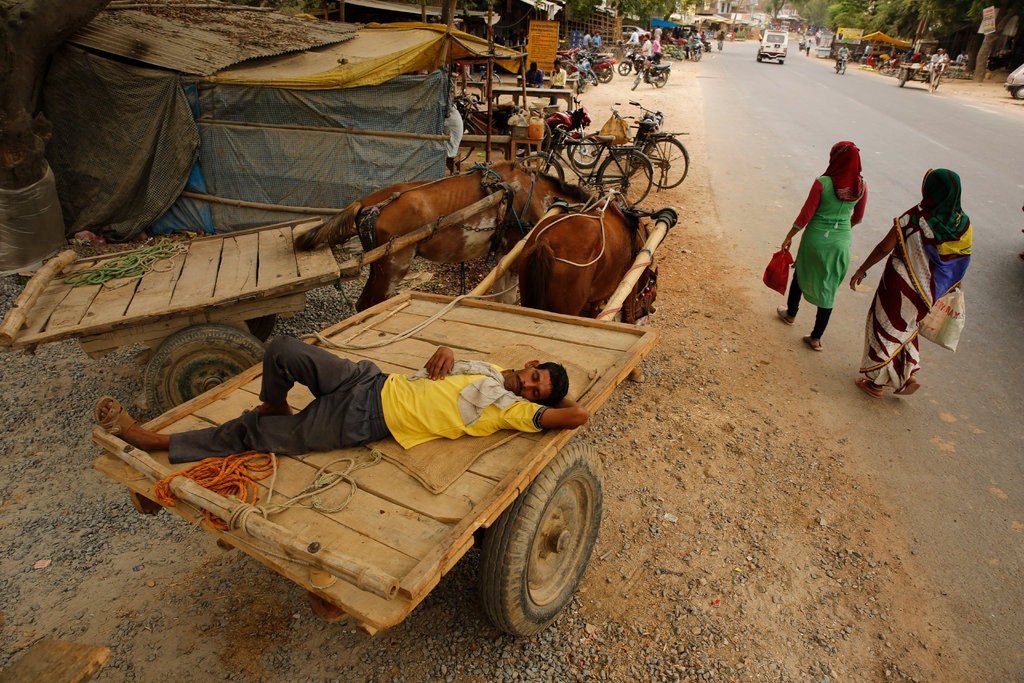

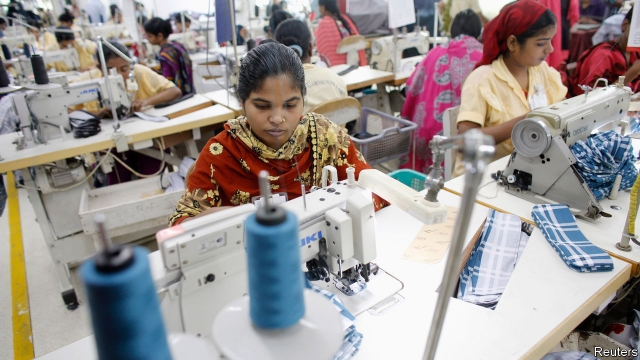




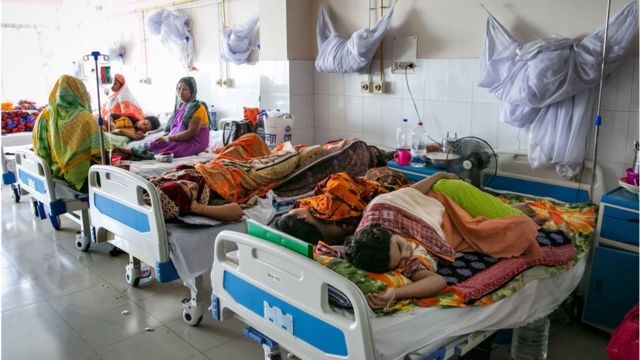

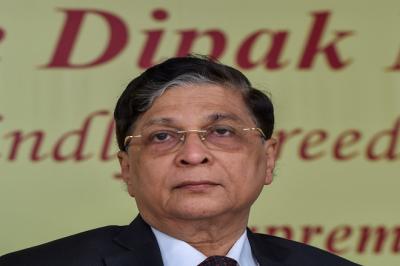


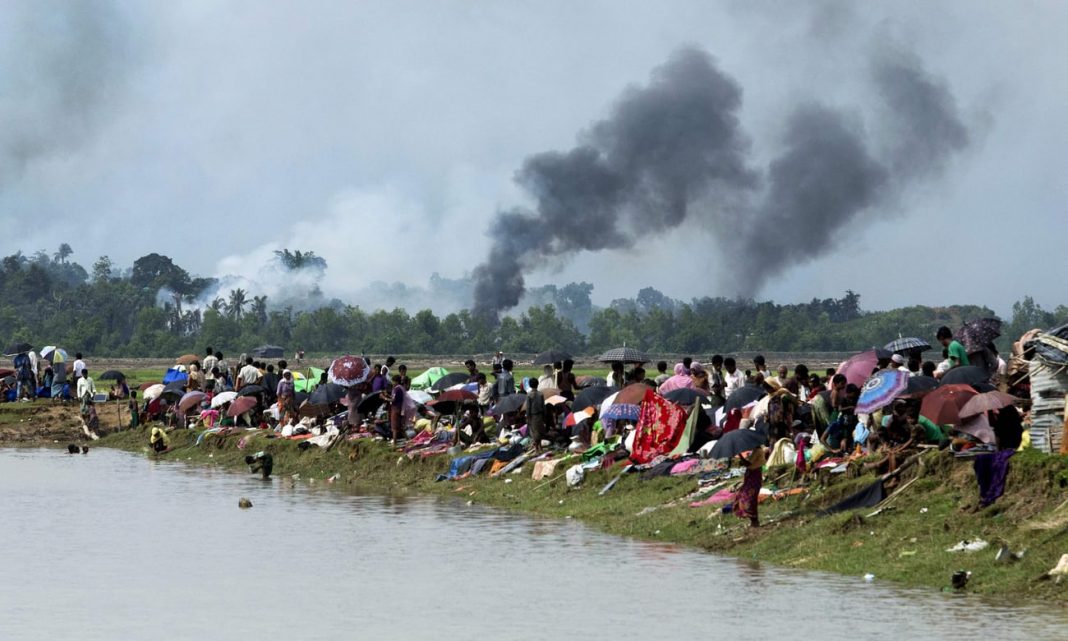
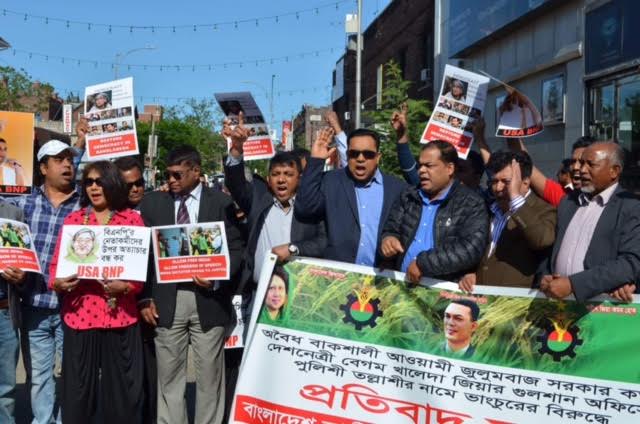

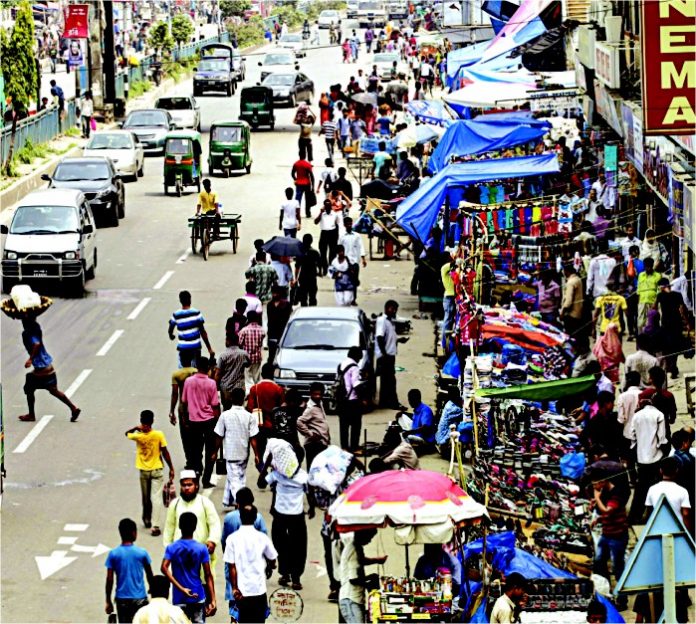
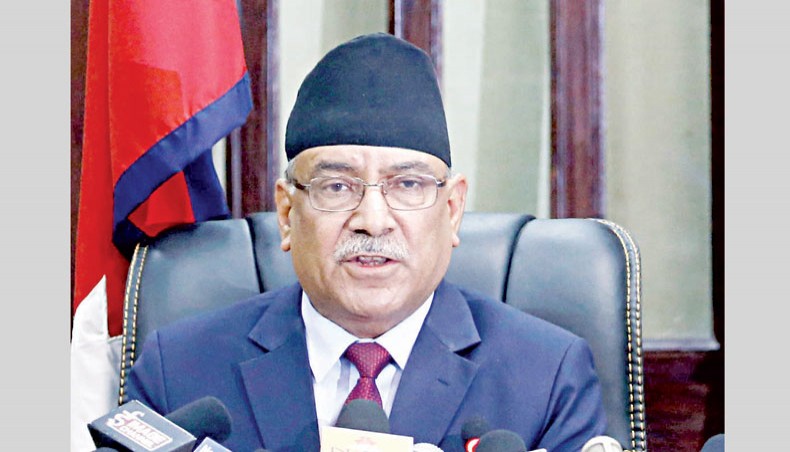


Comments